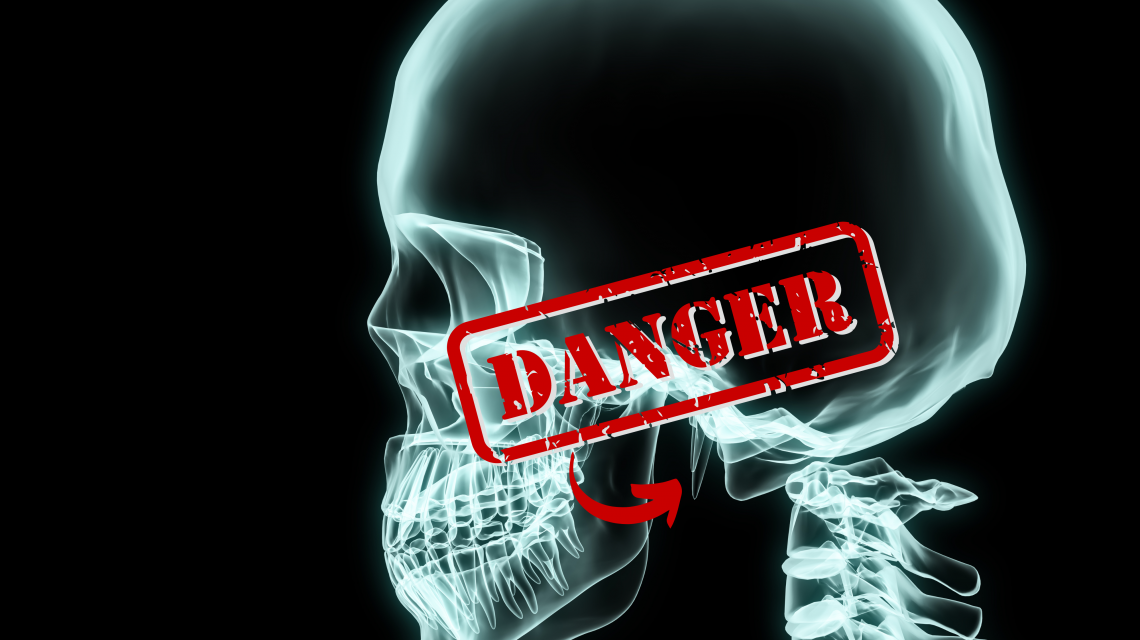Did you know that grinding your teeth can cause something in your neck to grow so large you could need surgery?
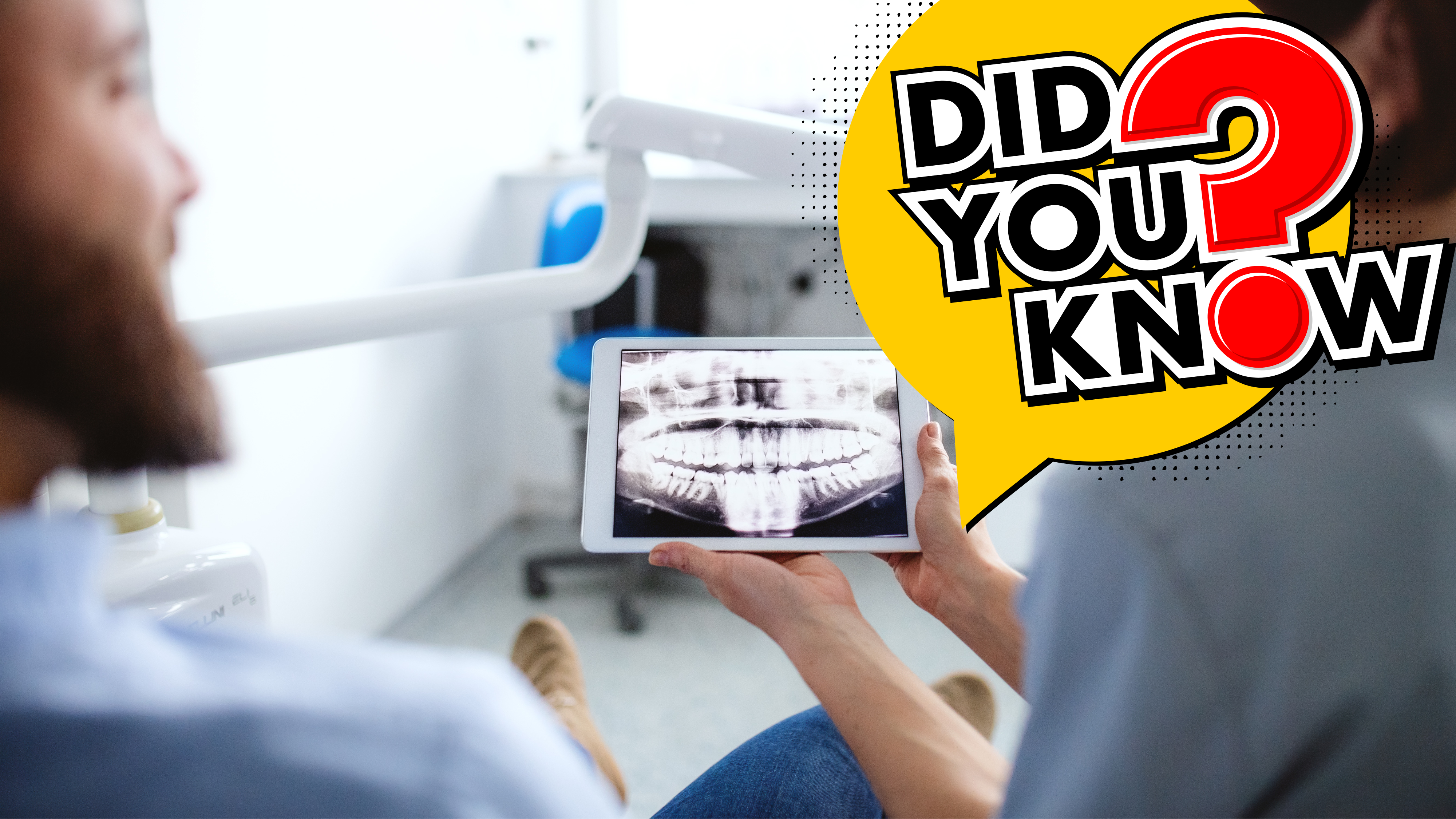
A 50 year old female came in to my office with unexplained neck pain. She had seen other doctors and dentists but was only given pain medication. She was advised that she likely just had a sore throat and to give it time to resolve.
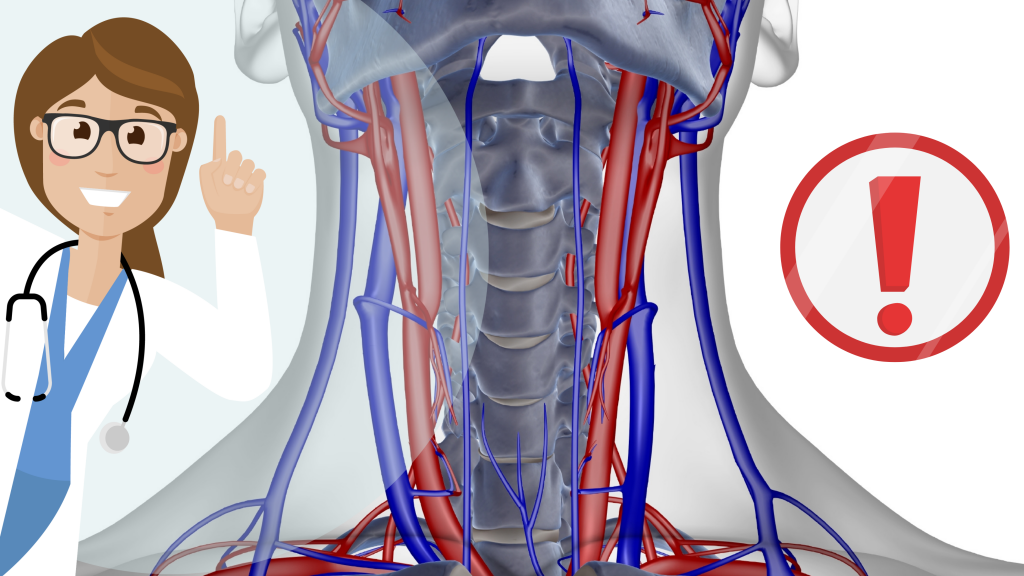
On examination, it was clear that she was a bruxer, with overactive muscles of mastication and evidence of tooth wear. We took a panorex, to see if anything can be noted that could point to the source of her pain. Her panorex showed stylohyoid calcifications. These are calcifications of the stylohyoid ligament, which is a ligament that is attached to the styloid process and the hyoid bone. In people who grind or clench their teeth, this causes constant over-activity of the mandible, which then causes overactivity of all the surrounding muscles and the hyoid bone. As the grinding continues, the stylohyoid ligament gets overused, and begins to ossify in response to stress from increased muscle activity. The stylohyoid calcifications are typically overlooked and ignored but are, in fact, an important piece of the puzzle for this particular patient.
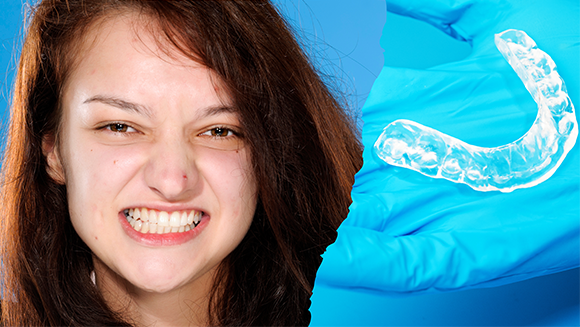
Partial calcification of the stylohyoid ligament may lead to Eagle syndrome, which results in sharp shooting pain unilaterally in the jaw and can refer into the throat, which is what this patient was feeling. Patients with this syndrome can also experience pain in the tongue, ear, complain or sore throat, and sometimes experience tinnitus. Some patients also complain of neck pain, which is exacerbated by normal actions like speaking or swallowing.
As the pain continues, and the ligament continues to ossify if not treated, this can lead to compression of the underlying structures. In this patient’s case, it began to press against the internal jugular vein, which poses a problem. So surgery was needed to remove the ossified portion to prevent injury to the internal jugular vein, potentially putting the patient at risk.
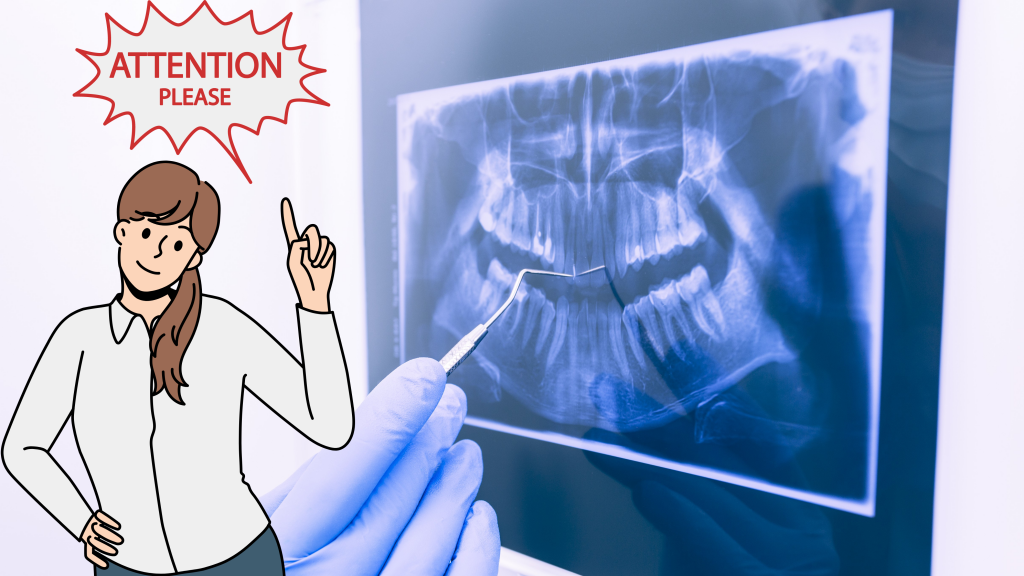
When we see stylohyoid ligament ossification on a panorex, it becomes important to make sure the patient understands its significance as well as what to do to prevent it from getting bigger. In some cases that can mean something as simple as Night guard , which is a dental appliance that they can sleep with so they don’t grind their teeth.

